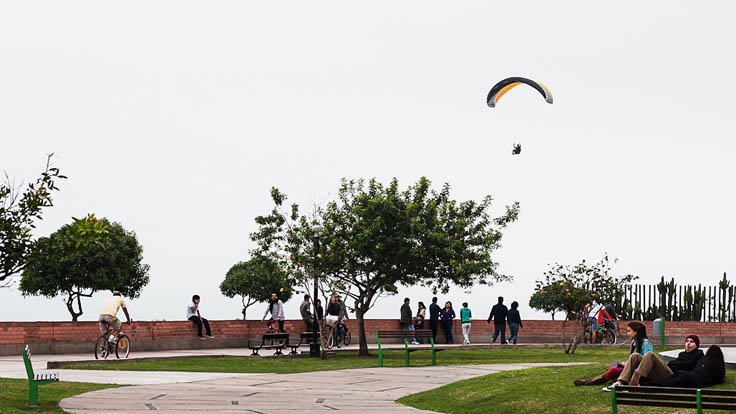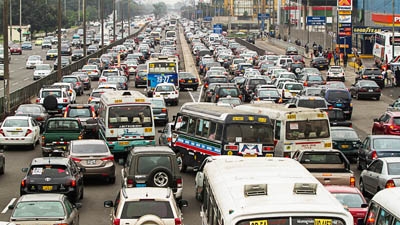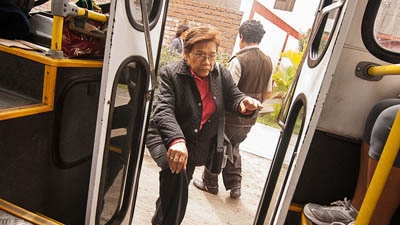Challenge
In early 2000, urban transport in Lima had become unsustainable and required a major restructuring. Congestion, average travel times, and public transport expenditures were high. The system faced rising traffic accidents and high operating costs. Because of these inefficiencies, gas consumption was also high. This situation, combined with the considerably high emissions of air pollutants by an obsolete fleet, constituted an ongoing health threat and a major source of greenhouse gas. The quality of the public transport services was low. Access to buses for mobility-constrained people was limited, at best. Personal safety and security were a major concern, especially for women. This worsening and chaotic quality of urban public transport services was also the result of a weak institutional framework, poor governance, and a lack of capacity in sustainable transport.




